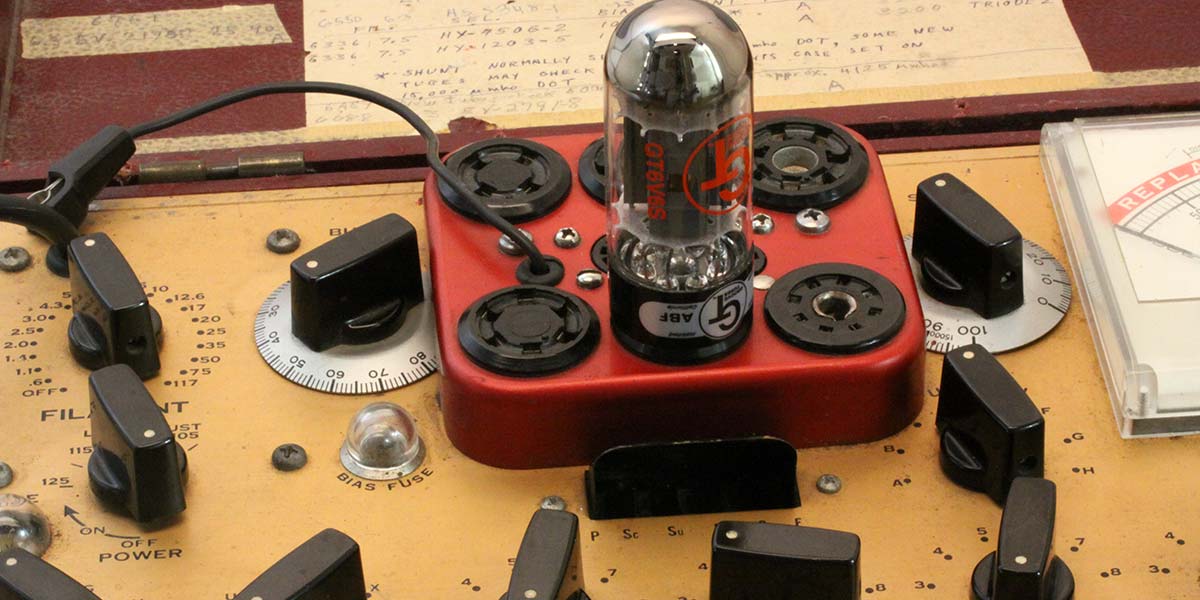It’s easy to forget that no two components or devices are exactly alike. This is fairly obvious with common leaded resistors, given the tolerance marking is hard to miss – gold 5%, silver 10%, none 20% for four-band resistors. In other cases, it’s less obvious.
For example, in working with batches of Arduino microcontrollers, I've noticed small but significant differences in the analog-to-digital conversion accuracy from one microcontroller to another. This may be due to differences in the ATmega chip but, more likely, it's due to variations in the crystals or other external discrete components.
Often the exact or absolute value of a component isn't as important as having two or more components of the same value. For example, I once put together an MP3 player with the SparkFun MP3 player shield and their little TPA2005D1 audio amplifier breakout. The class D amplifier has a fully differential input that interfaces nicely with the output of the MP3 player. It also has the advantage of relative noise immunity.
However, I had to increase the gain of the amplifier for my application, and this meant using a pair of matching resistors to keep the performance optimized. So, I sat down with a few dozen 25K 5% resistors and my lab-quality Fluke DMM and identified a matching set. I only wish it were this easy with other components.
Take vacuum tubes. I own several vacuum tube amps — one DIY and a couple vintage guitar amps. One guitar amp uses a matched pair of 6V6 output tubes and the other a quad set or 'quartet' of 6L6 tubes.
In each case, the amplifier designs assume that the tubes are matched — in terms of transconductance — which is roughly the amount of amplification provided by a tube. It's actually the change in plate current divided by the corresponding change in grid voltage/plate voltage held constant.
The problem with tubes is that they're expensive and there doesn't appear to be an industry standard for what "matched set" means. Moreover, matched sets command a 50%-100% premium over single tubes. As a point of reference, a single Groove Tubes 6L6 sells for about a quarter of what a quartet sells for. So, I naturally look to online sources such as eBay for affordable sets.
Unfortunately, there's no way to know from mere visual inspection whether someone simply put four tubes in a box and called them matched. One time, I snagged a 6L6 quartet on eBay for $60. Quite a deal — until I plugged them in. The amp just didn't sound right.
My next purchase was an old but operable tube tester (shown in the lead photo). Given the age of the unit (a Hickok 6000A), absolute calibration probably isn't what it should be. However, because I'm looking for relative differences in tubes, calibration doesn't really matter.
As I suspected, the tube tester showed marked differences in tube transconductance in the quartet. Since the meter purchase, I've amassed a small collection of bargain priced tubes and created my own matched sets. My amps are purring with delight.
Clearly — at least in the case of vacuum tubes — it pays to assume that "matched" is meaningless. I've encountered a similar 'lack of honesty' when it comes to "matched" speakers sold for DIY amplifier cabinets.
As analog electro-mechanical devices, speakers of the same make and model can vary significantly from one unit to the next. This becomes problematic if you want to combine two or four speakers in a cabinet while maintaining an impedance match for the amplifier output circuit.
The bottom line is that it often pays to verify component specifications, especially when you're paying a premium for supposedly premium components. NV

